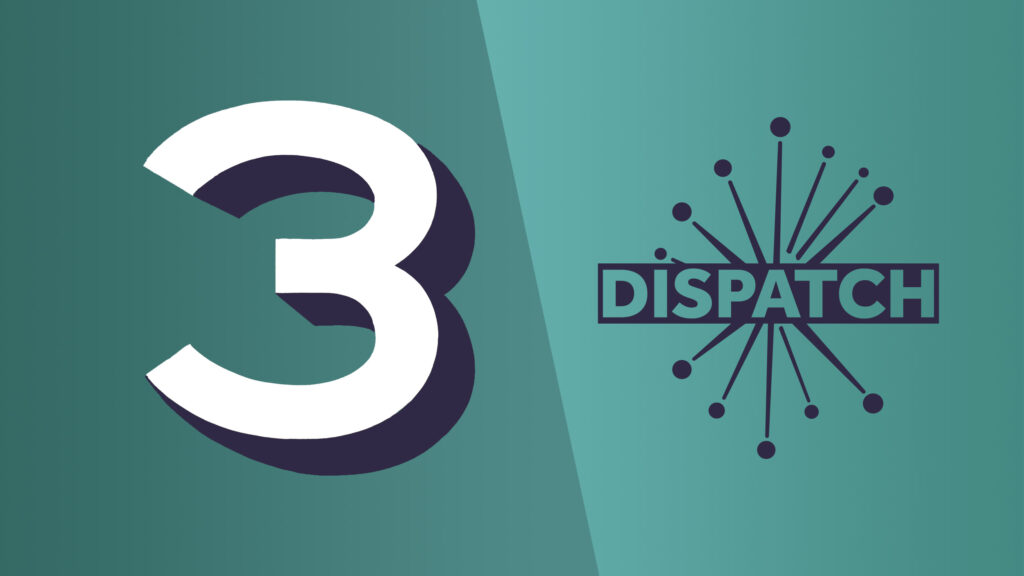To give you a glimpse into our own proven brand-building process, Red Fan’s content manager, Matt Beezley, answers a few key questions brands and their executives should be asking.
WHAT ARE THE BIGGEST MISTAKES YOU SEE BRANDS MAKE IN THEIR POSITIONING?
They try to be everything to everybody. When B2B brands cast a wide net in their positioning, their story and message often get diluted. Focus instead on the two or three audiences that are crucial to the purchasing process. That might be a C-suite level decision-maker, a department director and the actual user (or the person who would benefit most from a relationship with your brand).
We also see a lot of brands whose positioning simply isn’t unique. During our brand workshop, we’ll analyze a list of five or six market competitors and examine their positioning statements—those three or four sentences that highlight brand identity and audiences, demonstrate value and articulate differentiation. When we put those statements side by side, it’s often hard to tell them apart—I could give every brand one of their competitor’s positioning statements and no one would be able to tell the difference. For executives willing to take the time to identify what’s truly unique about their brands and clearly articulate that “uniqueness,” it’s a huge opportunity to carve out a unique white space in their category and own it.
WHAT CAN I EXPECT FROM RED FAN IF I DECIDE TO ENGAGE IN YOUR BRAND POSITIONING WORKSHOP?
A lot of interaction and engagement! Our workshop is as much as about process as it is tangible deliverables. We want our clients to view us as strategic partners and advisers. That means we first have to earn their trust, and there’s no better way to do that than to get in a room together and explore critical elements about their brands—business model, audience and category definition, marketing strategy, core differentiation, market misperceptions, origin story, and much more. Investing a few hours of executives’ time during our workshop informs everything else we do, and it aligns everyone behind the executive’s vision for what their brand can be and what it takes to achieve that vision.
Tactically, our workshop consists of four different elements.
1. A competitive analysis, in which we examine value propositions, positioning, audiences, product language, keywords, and much more.
2. A brand survey that can be sent to as many stakeholders as needed. We’ll tackle the fundamental questions about your brand, customers, products and market. Eventually, we’ll use the results to inform our in-person workshop, and identify and correct any misalignment across teams or individuals.
3. Our half-day interactive workshop, where we’ll chat brand strategy, market differentiation, the customer journey, marketing campaigns, sales cycles. You name it, we’ll cover it.
4. Customer interviews: There’s no better way to discover how your target audiences perceive your brand, what challenges they face that you solve, what channels they use to interact with your brand, and what criteria they used to make a purchasing decision.
WHAT’S THE TANGIBLE OUTPUT OF THIS EXERCISE? WHAT DO I PHYSICALLY GET AT THE END OF IT?
That’s largely up to the client. Red Fan customizes all of our deliverables to meet our partners’ needs. Our baseline is a unique positioning statement that is yours and yours alone. We also craft a literal story around your brand that can be used in a variety of ways. For most clients, the typical deliverable is something like a revised website that mirrors their new positioning, an investor deck they can take into their next round of funding, or marketing collateral and sales enablement materials like two-pagers.
We also advocate for company-wide internal rollout of new brand positioning. It’s the only way to align sales, marketing, operations and other departments behind a cohesive, go-forward brand story. We’ll create documents that show how every employee should be talking about the brand, whether that’s to customers, investors or the media.
Once we have those pieces in place, the stage is set for external rollout through other communications programming like executive thought leadership, content strategy and media relations.






